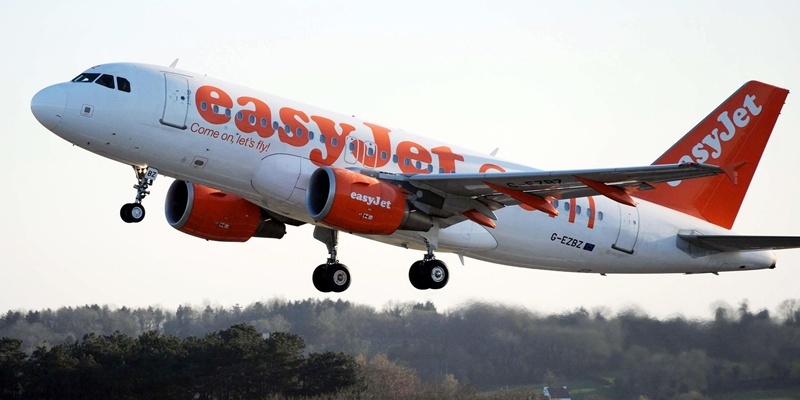Travellers from Tayside and Fife are being drawn to Edinburgh Airport because low-cost carrier easyJet can take them direct to their destination, the company says.
The firm’s UK director Paul Simmons said his company ”didn’t care” about the ongoing debate over capacity at Heathrow or at an alternative hub site in the south east, preferring to operate a direct point-to-point service.
He revealed that detailed research carried out by his firm was behind a raft of new services announced earlier this year.
From March the airline will fly direct from Scotland’s capital to Berlin, Hamburg, Reykjavik, Prague, Copenhagen and Dubrovnik as a result of an increase in the number of craft stationed at the Turnhouse site.
Mr Simmons said the strength of his firm was in flying direct to places people wanted to go, rather than forcing passengers to change planes at an intermediate hub airport.
”We’ve been trying to build our network to try to attract a lot more business passengers particularly between London and Europe and Edinburgh and Europe and have been putting on routes which are more applicable to business travel,” he said.
”We’ve also made the frequencies and times more appropriate for business and worked on our on-time performance.”
He said the company had been using data from the CAA and passengers to provide the direct routes to the Continent which the travelling public wants.
”Our business model is to fly point-to-point and to avoid hubs,” Mr Simmons said. ”There’s a lot of debate in the south east of the UK right now about hub airports but we don’t really care about that.”
He stressed that the needs and aspirations of Tayside and Fife’s business and leisure passengers were a key part of that work.
”These people are the people that we serve as a population, and they have been part of an analysis,” he said. ”We look at drive times and accessibility as part of that, too.”
He was speaking as the firm posted record profits of £317m for the year to the end of September, up 28% on last year.
The firm said a sales surge offset the impact of a rise of £182m in fuel costs.
It carried 58 million passengers in the year, an improvement of 7% on the previous 12 months, and said its targeting of business travellers had been especially fruitful.
Shares in the group closed up 6% after the company doubled its annual dividend payout to shareholders to 21.5p a share.
Mr Simmons said the profits were ”not excessive”.
”It’s a reasonable amount of profit for the customer and for the shareholder,” he said. ”It shows we are a sustainable business, and I think the customer would much rather have a long-term reliable service at reasonable prices than someone who is not there for the long haul.”
Photo by Barry Batchelor/PA Wire
